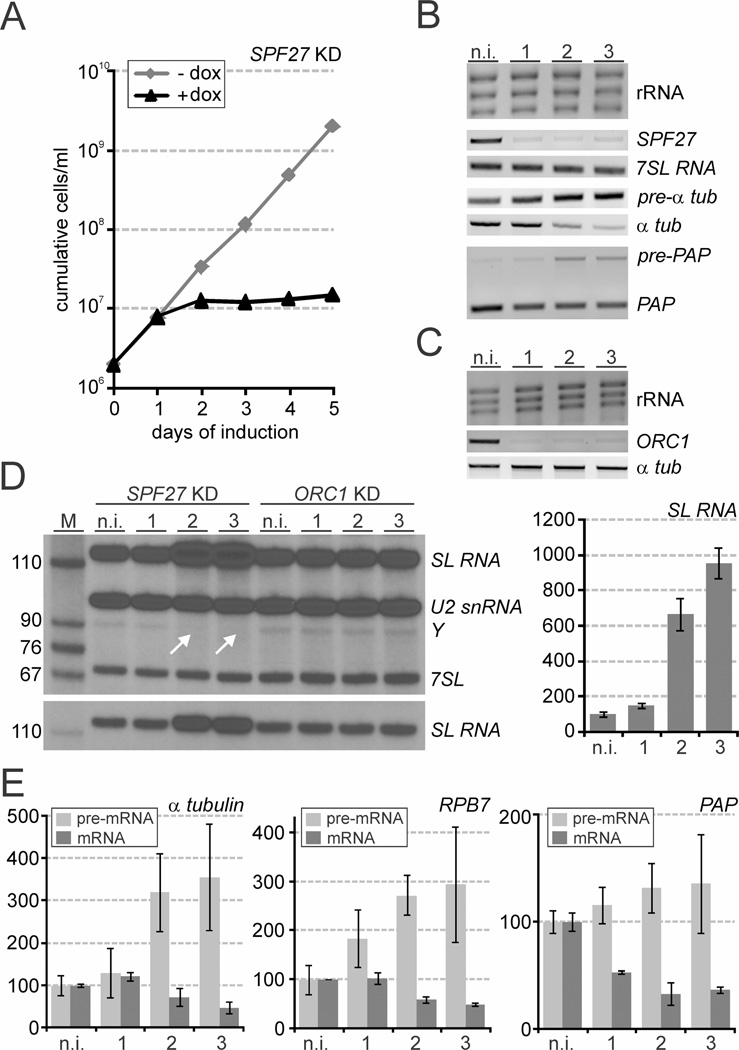Fig. 3. SPF27 silencing halted trypanosome proliferation and inhibited splicing of pre-mRNA.
A. Procyclic trypanosome culture growth in the absence and presence of doxycycline, which induced SPF27 silencing.
B. Analysis of total RNA prepared from non-induced cells (n.i.) and cells in which SPF27 was silenced for 1, 2 or 3 days. rRNA was detected by ethidium bromide staining, 7SL RNA and [pre-]mRNA of α tubulin (αtub) by semi-quantitative PCR and [pre-]mRNA of poly-A polymerase (PAP) by competitive PCR.
C. Corresponding analysis of rRNA, ORC1 mRNA and α tubulin mRNA in ORC1-silenced cells.
D. Left panels, primer extension of total RNA prepared from SPF27- and ORC1-silenced cells with three 32P-5′-endlabeled oligonucleotides detecting SL RNA, U2 snRNA, the SL intron after the first step of SL trans splicing in the Y structure, and the 7SL RNA by denaturing PAGE and autoradiography. Arrows indicate the loss of the Y structure intermediate in SPF27-silenced cells. The lower panel is a lower exposure the SL RNA-specific product that better shows the increase of the SL RNA signal upon SPF27 silencing. Right panel, RT-qPCR analysis of SL RNA abundance in SPF27-silenced cells. The amounts are relative to that of non-induced cells, which was arbitrarily set to 100. Averages were derived from three independently conducted gene knockdown experiments.
E. Corresponding RT-qPCR analyses of pre-mRNA and of mature mRNA of α tubulin, RPB7 and PAP. For pre-mRNA analyses, random hexamer-derived cDNA was amplified with a sense oligonucleotide that hybridized upstream of the SL trans splice site (α tubulin and RPB7) or with an antisense oligonucleotide that hybridized within the PA P intron.

